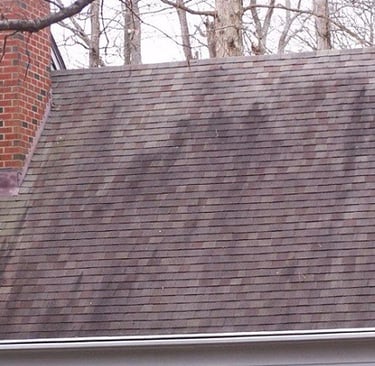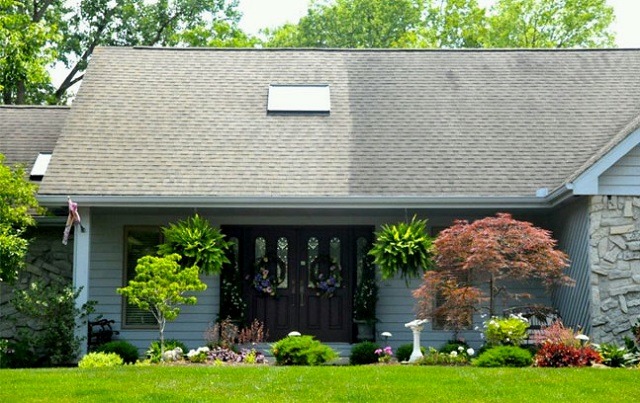Is Gloeocapsa magma eating your roof?
Seems that the science is in, and the answer is: Yes!
BASIC HOME MAINTENANCEEXTERIOR CLEANING SERVICE PROCESSESCURB APPEALPRESSURE WASHING SERVICES


" In order to keep down the cost of composition shingles, manufacturers have begun to include more “fillers” in their “recipes”. These fillers replace some of the oils in the shingles. Of course, those oils are normally the most costly component of the shingles. Removing the oils often seems to shorten the lives of the shingles, making them less resilient and supple. But, an additional problem is that the gloeocapsa magma feeds off of those fillers, leading to the unsightly streaks and stains.
A predominate filler used in composition shingles, because it is so plentiful and inexpensive, is limestone. It is the calcium carbonate in limestone that gloeocapsa magma really likes to feed off of, along with moisture that naturally collects on a roof’s surface. Once the algae growth becomes noticeable as those dark streaks on the roof, gravity and rain water flowing down the roof carry the spores down the roof, causing the commonly seen pattern of streaks extending downward on the roof. And, as the algae feeds off of the limestone over time, it invades the structure of the shingles and shortens their lives. -There’s a Fungus Among Us…Gloeocapsa magma


“These black stains are the bacteria themselves in mass amounts covering the surface of the roof shingles. Gloeocapsa magma has been around historically and up through the present, except only in the recent decades has it been considered to have detrimental effects worthy of prevention. This cyanobacteria causes substantial destruction revolving around shingle decay and loss of reflective power. Over time, Gloeocapsa magma begins to break down the contents of the shingles by feeding off of the limestone granules embedded in the shingles and this decreases the roof’s ability to reflect ultra-violet rays of light. Also, the quality of the shingles slowly diminishes. They have been found to curl up at the corners as well as form raised humps on the surface. This ultimately can result is broken or disintegrated shingles. In the long run, this has been known to increase air conditioning bills and lead to more frequent roof repair and reconstruction. The main preventative strategy known to date is frequent (annual) roof cleanings using roof algae cleaners. Installing copper or zinc strips along the roof boarder also inhibits bacterial growth by killing off new colony formation.” - MicrobeWiki (from the Microbiology Dept. @ Kenyon Univ.)


